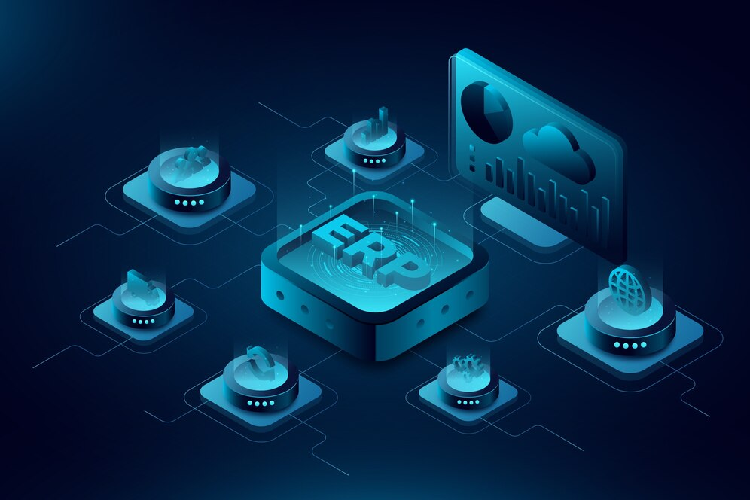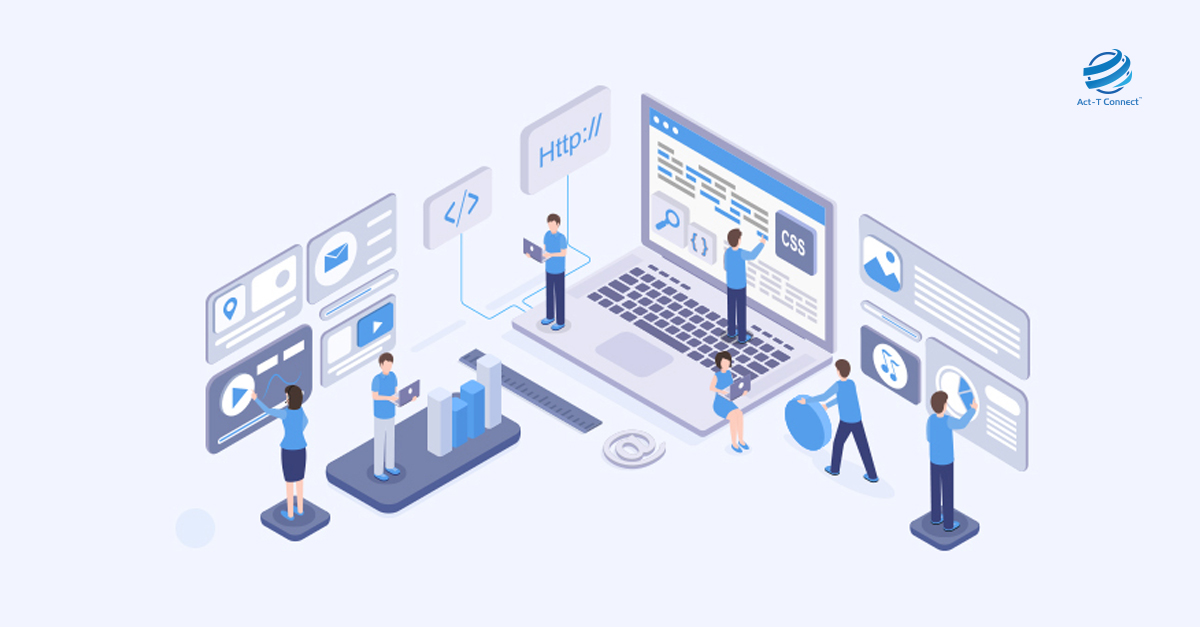
A single perspective of your complete organization,
enhanced productivity, and streamlined operations are all promised by
enterprise resource planning (ERP) software. However there can be several obstacles in the way of ERP
success. A lot of ERP software deployments don't live up to the hype, which
results in resource waste, irate staff members, and interrupted workflows. Here, we
explore ten typical causes of ERP software malfunctions and discuss how to
overcome them for a seamless and effective deployment.
Uncertain Goals and Objectives: Even the most potent ERP software can become a
meandering journey in the absence of a well-defined roadmap. Define your goals and
objectives prior to starting an ERP deployment. Which particular issues
are you trying to resolve? Which procedures would you like to enhance? Your
decision process will be guided by well-defined goals, which will guarantee
that the ERP software you choose is in line with your strategic vision.
Insufficient Involvement of Stakeholders: The
adoption of an ERP affects multiple
divisions inside your company. Ignoring important stakeholders - from CEOs to
end users - can result in pushback and a lack of support. Engage stakeholders
within the decision-making system, respond to their issues, and supply them
with the essential training to ensure that everybody is aware of the benefits
and knows the way to use the new system efficiently.
Inadequate Project Management: The implementation of ERPs is an intricate task.
Anarchy may result from a lack of strong project management. Make a detailed
project plan that includes specified deadlines, checkpoints, and resource
allocation. To keep the project on schedule, use project management tools and
clearly define roles and responsibilities.
Undervaluing Change Management: Putting new ERP software into use calls for achange in attitudes and working methods. Undervaluing the need for change
management might cause opposition from users and prevent acceptance. Create a
thorough alternate control plan that consists of training materials, help
systems, and conversation tactics to help staff in adjusting to the brand new
software and workflows.
Ignoring Data Migration: The quality of ERP software depends on the data it
contains. Reporting problems, inaccuracies, and errors can result from faulty
or imprecise data migration. Make sure the new system is filled with accurate and
trustworthy data by devoting time and resources to data migration and
purification.
Insufficient System Testing: A successful ERP software implementation depends on
extensive testing. Provide enough time and resources to thoroughly test all of the
features, user interfaces, and system interactions with other systems. To
reduce interruptions, find and fix any faults or difficulties before to going
online.
Inadequate Training: To make the most of the new ERP software, employees
must receive the necessary training. Provide training courses suited to varying
user roles and skill levels. To guarantee that staff members are at ease
utilizing the new system and can fully realize its potential, provide
continuing support resources.
Scope creep: Your ERP implementation's original scope needs to be
realistically defined. The practice of adding features or functionalities after the
project has begun, known as scope creep, can result in delays, cost overruns,
and a more complicated system that is difficult for consumers to use.
Prioritize the implementation of essential features and save other
functionality for later stages.
Unrealistic Expectations: Although ERP software is a potent instrument, it is
not a panacea. Don't anticipate significant and quick changes. Regarding the amount of
time it takes to see a return on investment, be reasonable. To get the most out
of the system's benefits over time, concentrate on continuing optimization and
enhancement.
Ignoring Ongoing Support: Maintaining an ERP implementation's success is a
continuous endeavor. After the initial go-live phase, continuous
support is still necessary. Join forces with a good provider of ERP software
that offers continuing support services, along with improvements, trojan horse
patches, and schooling substances.
CONCLUSION
Your
chances of having a successful ERP software implementation can be
greatly increased by being aware of these typical mistakes and putting the above-mentioned tactics into practice. To fully realize the capacity of
this potent commercial enterprise device and navigate the demanding situations
of an ERP implementation, keep in mind that clean targets, effective task
management, and a determination to consumer acceptance are critical additives.
Your ERP software may additionally become a pillar for elevated productivity,
better teamwork, and extra aggressive company surroundings with cautious plans
and implementation.






